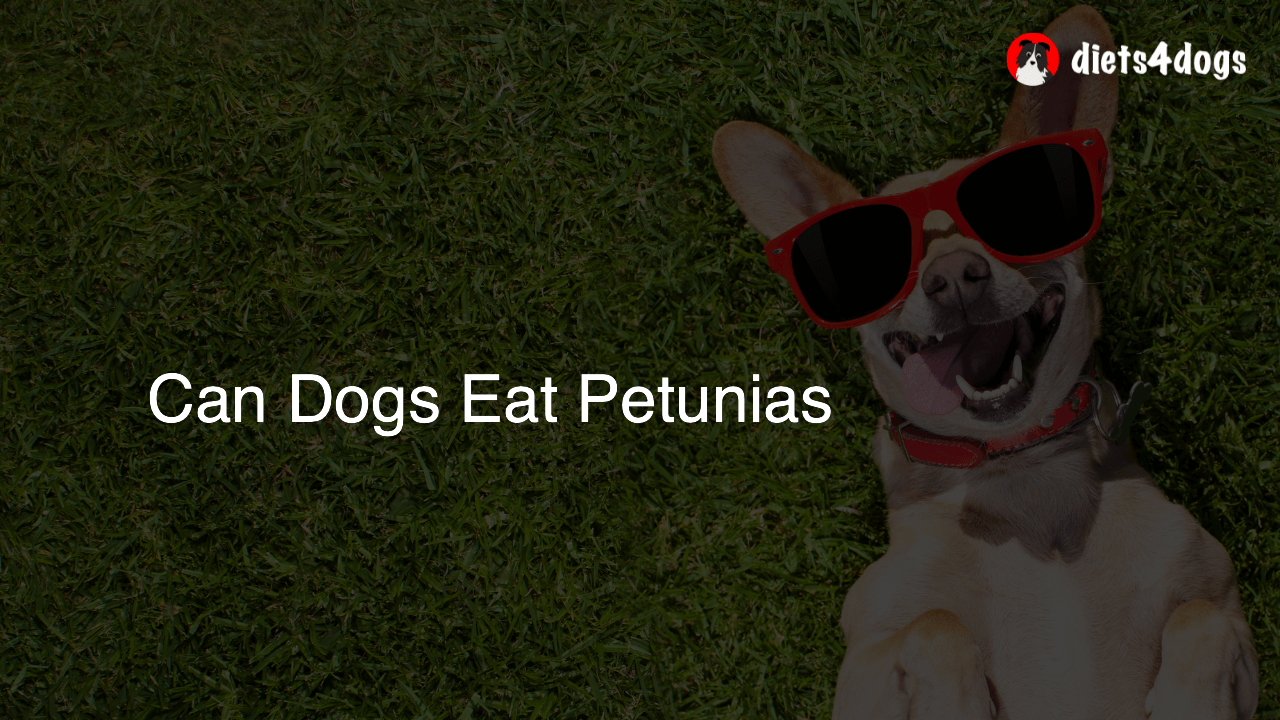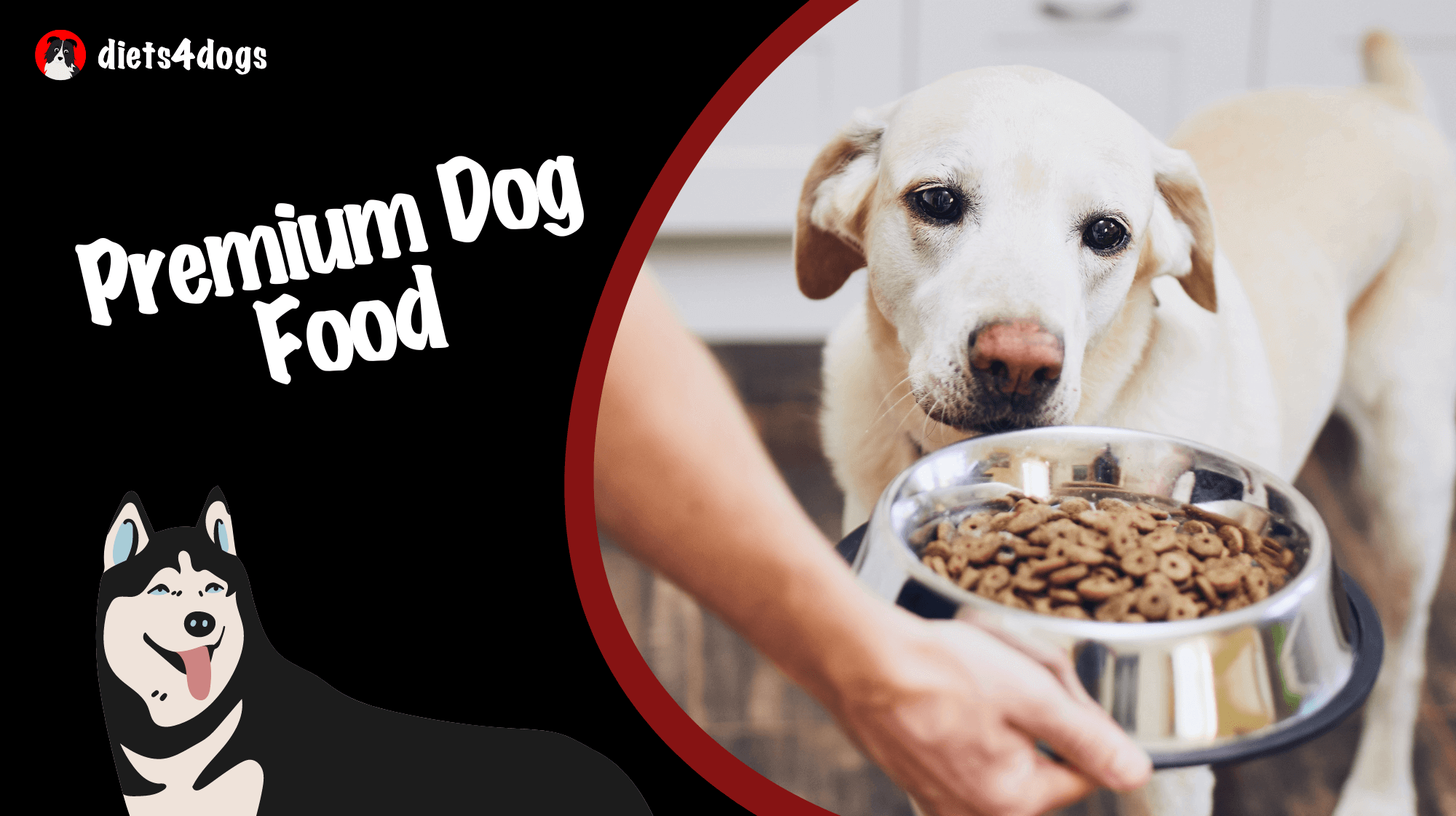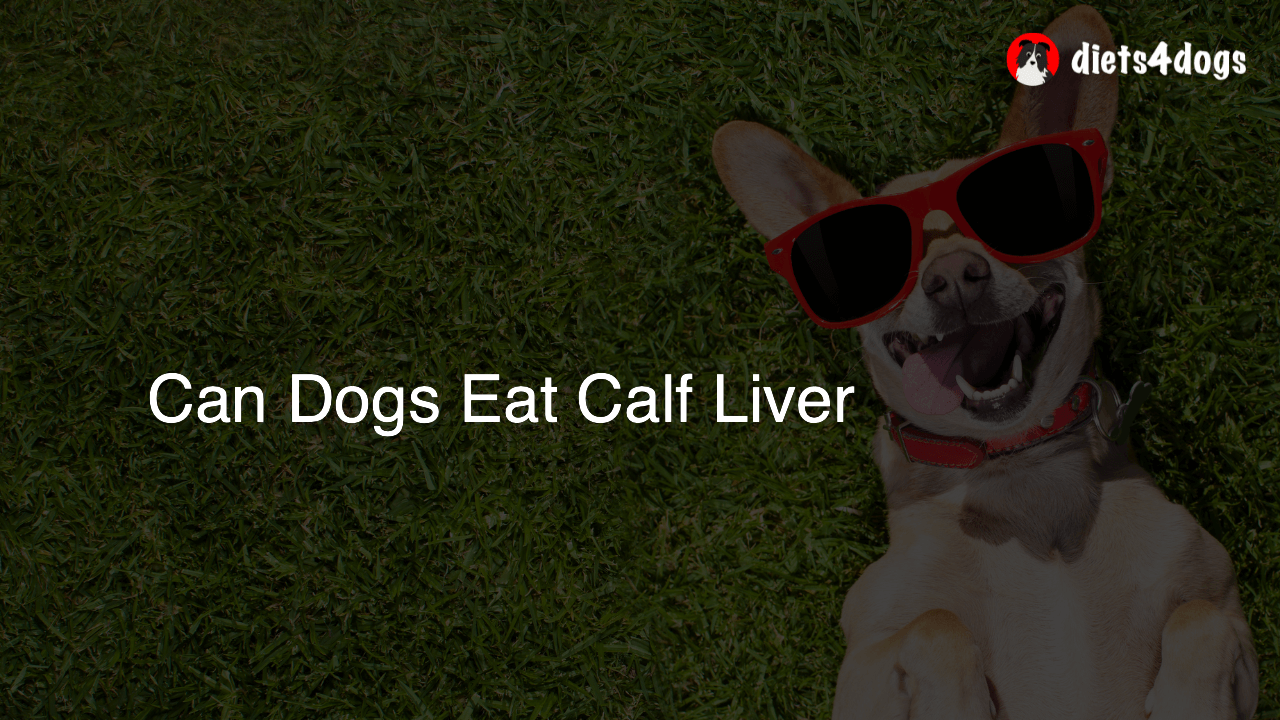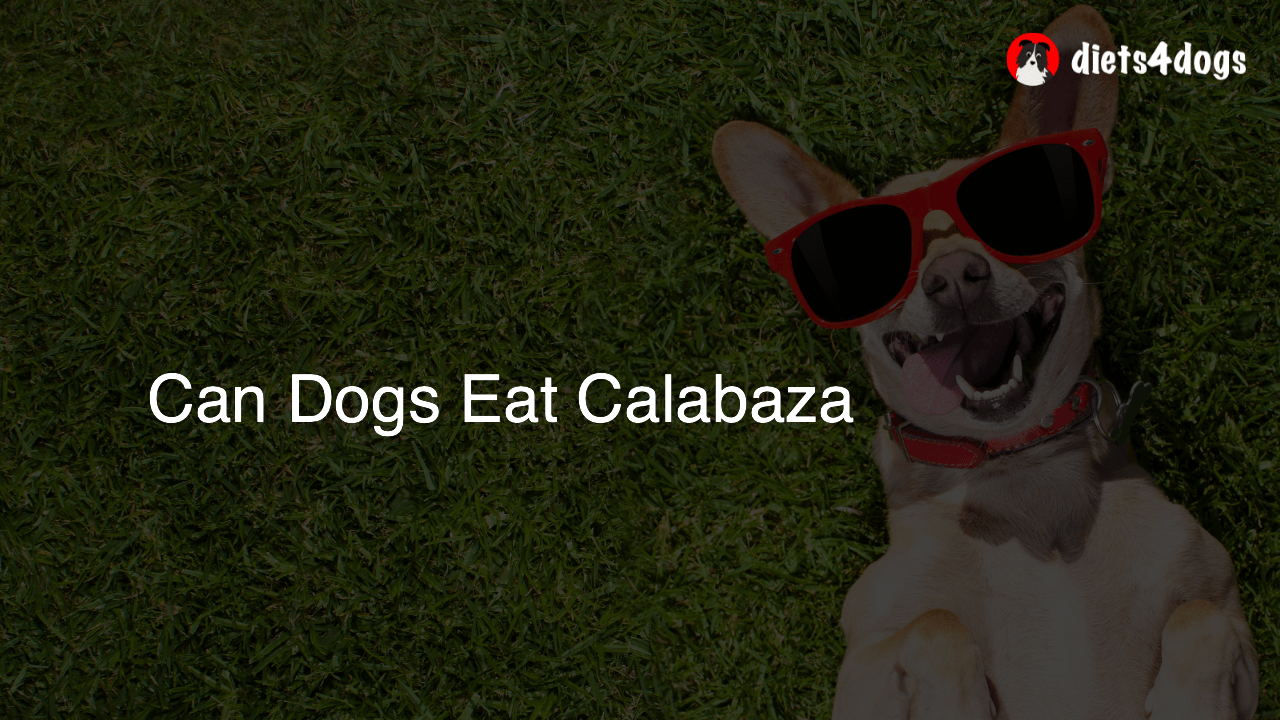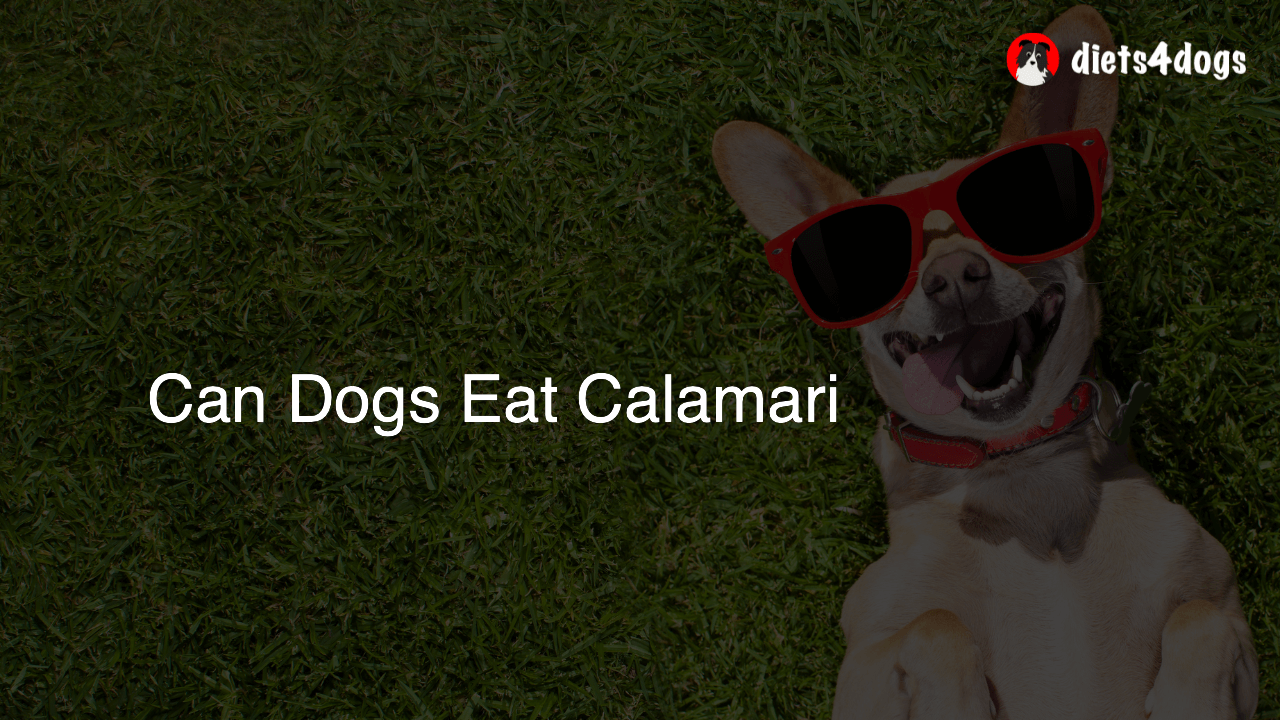Can Dogs Eat Petunias
Petunias are not recommended for dogs to consume as they might cause mild gastrointestinal upset. While petunias are not toxic to dogs, it’s best to discourage your canine from eating them to prevent any digestion issues or discomfort. Instead, provide dog-friendly treats and supervised outdoor play to prevent snacking on potentially harmful plants.
Can Dogs Eat Petunias: Understanding the Effects on Your Furry Friend
As a diligent pet owner, you’re always on the lookout for the best dog food and canine-safe treats. But did you ever wonder if feeding petunias to your dog is safe or not? After all, dogs are notorious for snacking on leaves and flowers. Continue reading to learn more about the effects of petunias on your dog’s health.
The Nutritional Value of Petunias
Petunias are attractive and vibrant flowers commonly found in gardens and flower pots. However, they offer little to no nutritional value for your canine companion. Since dogs primarily need a balanced diet of proteins, fats, carbohydrates, and key nutrients, there’s no point in integrating petunias as dog food or treats.
Petunias and Canine Health
While petunias are not classified as toxic plants for dogs, they can cause mild gastrointestinal upset if ingested. Eating a small amount of petunias might lead to vomiting, diarrhea, and discomfort in dogs. To prevent these health issues, it’s important to monitor your pet and ensure they aren’t snacking on anything that might cause them harm.
Crucial Tips to Keep Your Dog Away from Petunias
In order to maintain your dog’s well-being, consider following these tips and best practices:
- Maintain a safe environment: Limit your dog’s access to petunias by either keeping them out of the dog’s reach or fencing off areas of your garden that contain these flowers. This will help prevent accidental ingestion.
- Train your dog: Teach your dog basic “leave it” commands, which will help them understand that petunias are not meant to be eaten. Reinforce this command with positive reinforcement.
- Provide appropriate chew toys and treats: Make sure your canine companion has ample dog-friendly toys and treats to chew on, distracting them from eating petunias or other garden plants.
Recognizing Dog-Friendly Plants
Besides petunias, there are a variety of safe alternatives that you can consider planting in your garden to create a dog-friendly environment. Consider introducing dog-safe plants like:
- Marigolds
- Camellias
- Bachelor’s Buttons
- Roses
- Creeping Rosemary
- Sunflowers
You may also find it helpful to research more dog-friendly plants to add diversity to your garden while maintaining a secure environment for your furry friend.
Can Dogs Eat Petunias: Final Thoughts
Overall, petunias are not the ideal dog food or treat. While these flowers are not toxic to dogs, they can cause mild gastrointestinal problems if ingested. As such, it’s best to keep petunias out of reach and provide dog-safe alternatives to ensure a healthy and happy environment for your beloved canine companion.
Identifying Toxic Plants for Dogs
Beyond petunias, there are several toxic plants that can pose a significant risk to your dog’s health. To keep your furry friend safe, it is crucial to be aware of these dangerous plants and avoid introducing them into your garden, home, or yard. Toxic plants for dogs include:
- Azaleas
- Tulips
- Lilies
- Oleander
- Sago Palm
- Rhododendron
If you suspect that your dog has ingested a toxic plant, contact your veterinarian or an emergency pet clinic immediately. Early intervention can help prevent severe symptoms and long-lasting damage to your pet’s health.
Common Symptoms of Ingesting Toxic Plants
When dogs consume toxic plants, they can experience a range of symptoms that may vary based on the specific plant ingested. Some common symptoms of exposure to toxic plants include:
- Vomiting
- Diarrhea
- Excessive drooling
- Difficulty breathing
- Rapid or irregular heartbeat
- Lethargy
- Loss of coordination
- Seizures
If you notice any of these symptoms in your dog after ingesting a plant, seek veterinary care promptly to prevent complications and ensure a full recovery.
Create an Safe Outdoor Space for Your Dog
Through thoughtful landscaping and gardening choices, you can create an outdoor haven that is both beautiful and safe for your canine companion. Consider these tips to design a dog-friendly garden:
- Choose non-toxic plants: When selecting plants for your garden, make sure they are safe for dogs. Opt for dog-friendly flowers, shrubs, and ground cover to create an inviting and hazard-free space.
- Designate a doggy zone: Dedicate a portion of your garden for your dog’s daily activities by providing a designated play area, comfortable shade, and fresh water.
- Use organic alternatives: Avoid using harmful pesticides and fertilizers in your garden, as these can be dangerous to animals. Instead, opt for organic or pet-friendly alternatives available on the market.
- Secure garden beds: Protect your flowers and plants by installing fencing or barriers around garden beds. This will also prevent your dog from accidentally trampling or digging up delicate plants.
By incorporating these tips, you can create an environment where both you and your dog can enjoy the beauty of the outdoors worry-free.
FAQ: Can Dogs Eat Petunias and Related Questions
As a responsible dog owner, it’s crucial to understand the risks of your canine companion ingesting certain plants. Here are answers to frequently asked questions related to dogs eating petunias and other plant-related concerns.
1. Are petunias toxic to dogs?
Petunias are not considered toxic to dogs, but they can cause mild gastrointestinal upset if ingested. It’s important to monitor your pet and ensure they don’t consume petunias or other potentially harmful plants.
2. What should I do if my dog eats petunias?
If your dog consumes petunias and exhibits any signs of gastrointestinal discomfort, like vomiting or diarrhea, monitor them closely and ensure they have access to fresh water. If the symptoms persist or worsen, contact your veterinarian for advice.
3. What plants are toxic to dogs?
Some toxic plants for dogs include Azaleas, Tulips, Lilies, Oleander, Sago Palm, and Rhododendron. Keep these plants away from your pets and maintain a safe environment in your home and garden.
4. What are some dog-friendly plants for my garden?
Dog-friendly plants include Marigolds, Camellias, Bachelor’s Buttons, Roses, Creeping Rosemary, and Sunflowers. These plants are safe for your pet and add color and diversity to your garden.
5. What if my dog consumes a toxic plant?
If your dog ingests a toxic plant, contact your veterinarian or an emergency pet clinic immediately. Early intervention can help prevent severe symptoms and long-lasting damage.
6. How can I train my dog not to eat plants?
Teach your dog basic “leave it” commands with positive reinforcement to help them understand that plants are not for eating. Additionally, provide dog-friendly chew toys and treats to distract them from snacking on garden plants.
7. How can I create a safe outdoor environment for my dog?
Select non-toxic plants for your garden, designate a doggy zone, use organic alternatives to pesticides and fertilizers, and secure your garden beds to create a safe, dog-friendly outdoor space.
8. Is it normal for dogs to eat plants?
Dogs occasionally graze on plants, which can be a natural instinct or result from boredom, curiosity, or a need for dietary supplementation. However, it is essential to discourage consumption of plants and provide healthy alternatives for snacking and stimulation.
9. Can I use pesticides on plants in my dog-friendly garden?
Traditional pesticides can be potentially harmful to dogs, so it is best to use pet-friendly or organic alternatives to preserve the safety of your pet.
10. What symptoms should I look for if my dog has ingested a toxic plant?
Common symptoms of ingesting toxic plants include vomiting, diarrhea, excessive drooling, difficulty breathing, rapid or irregular heartbeat, lethargy, loss of coordination, and seizures. Contact a veterinarian immediately if you notice these symptoms in your dog.

